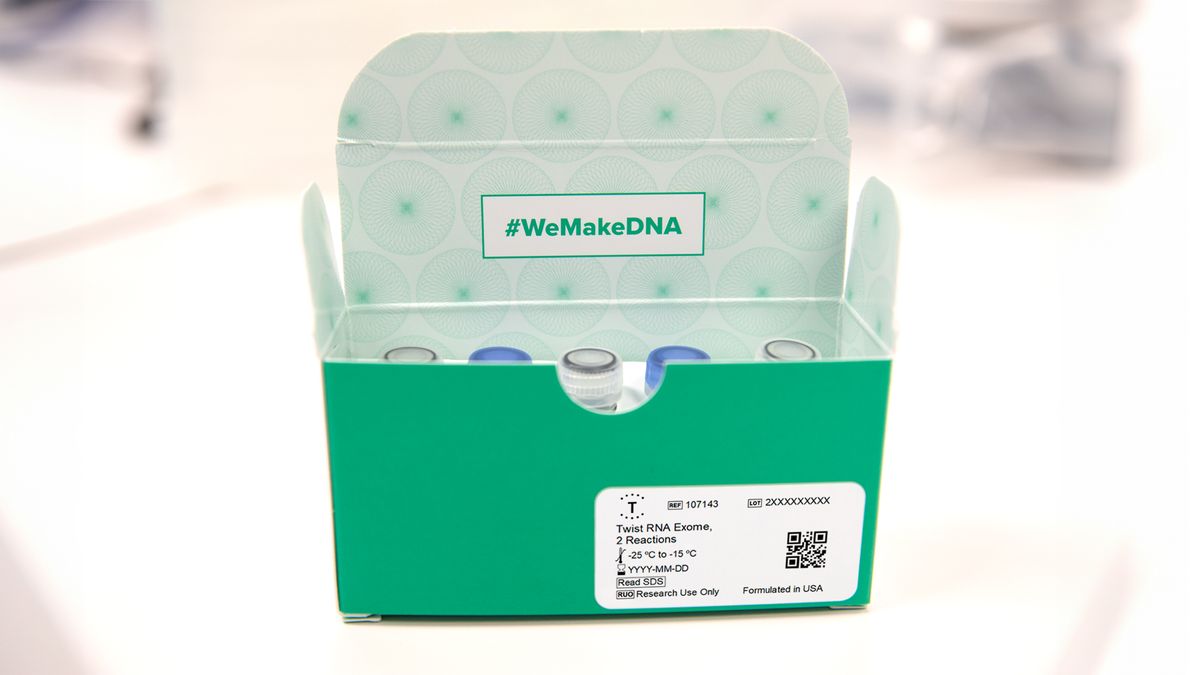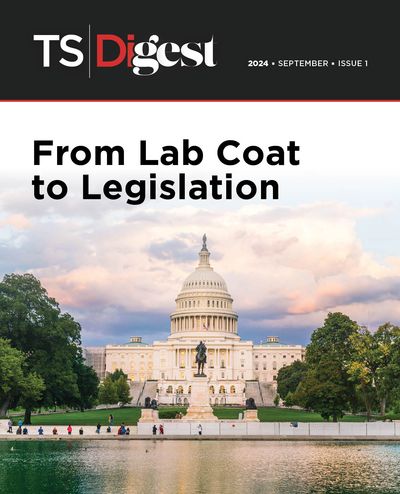Improving RNA Sequencing with FFPE Samples
Samples are commonly stored in a way that degrades RNA. Scientists are devising new ways to overcome this obstacle for RNA sequencing.

RNA sequencing (RNA-seq) is a powerful tool for molecular biologists looking for what drives mechanisms of disease.1 RNA-seq is routinely used for both research and clinical applications in diseases featuring high levels of genetic dynamism and heterogeneity, such as cancer.2 However, although RNA-seq is becoming more accessible and prevalent, it comes with technical obstacles that can prevent scientists from obtaining the high-quality data they need.
RNA is more subject to degradation than DNA, whether chemical, physical, or enzymatic. Complicating the matter, scientists performing disease research rely on clinical tissue samples as RNA sources. These samples are commonly formalin-fixed and paraffin-embedded (FFPE), a process that preserves sample integrity over the long-term for immunohistochemical analysis but can result in highly degraded RNA.2
Scientists are designing FFPE sample-tailored RNA library preparation protocols, reagents, and kits to remove this bottleneck. Twist Bioscience, for example, offers a rapid library preparation kit designed to work with FFPE and other low input samples that takes as little as 4.5 hours to complete from start to finish. The kit protocol includes an optional depletion step for removing ribosomal and globin RNA, leaving only messenger RNA. It also incorporates dUTP nucleotides during second-strand synthesis, allowing scientists to trace amplified sequences back to originating strands.
The Twist RNA Library Preparation Kit is intended to be a strong first step in the RNA-seq process, and therefore is designed to pair with their other target enrichment solutions such as the RNA Exome panel (enriching across the whole transcriptome) or RNA Fusion (targeting specific cancer-relevant fusion genes) panel. Finally, Twist Bioscience can also design custom panels for scientists with a unique application and goal in mind.
Learn more about the available solutions for maximizing RNA sequencing using FFPE samples.
What RNA sequencing applications do you perform in your research?
- Marczyk M, et al. BMC Cancer. 2019;19(1):1189.
- Liu Y, et al. BMC Med Genomics. 2022;15(1):195.


